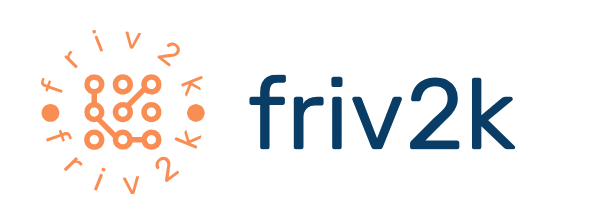The Different Features of a Cemetery Records System
 Managing a cemetery is like managing any other business endeavor. It requires and makes use of advanced technology to help organize its operations and services. Most cemeteries have records systems to keep track of inventory and other transactions. Cemetery records systems also help manage work orders, accounts, and statements. The main purpose of such records systems is to maintain a streamlined work procedure and to gather all information into a single source.
Managing a cemetery is like managing any other business endeavor. It requires and makes use of advanced technology to help organize its operations and services. Most cemeteries have records systems to keep track of inventory and other transactions. Cemetery records systems also help manage work orders, accounts, and statements. The main purpose of such records systems is to maintain a streamlined work procedure and to gather all information into a single source.
The primary functions of a cemetery records system are to record all burials, cremations, lifts, and deepen jobs. It can also produce burial certificates and permits. The cemetery records system also contains integrated cemetery maps that are visible from screens at the service and other sites. It can automatically generate accounts due for services and products purchased, as well as sell and transfer inventory.
What makes cemetery records system so convenient is that it is a single point of entry facility. This means that all information and operations can be accessed with a single point of data entry. An operator will simply record all information regarding a client’s booking, while the system checks for any vacancies and applies business regulations to arrange the orders for services and products. Invoice is created through selective orders for particular days, while the system creates invoices from the orders given.
Cemetery records systems also make use of a visual digital calendar, like a number of online booking systems. All reservations made are stored into the cemetery database and shared electronically into the workstations of all employees. This feature eliminates the common error of making double bookings. Other resources, such as burial sites and chapel reservations, can also be managed through the system. A visual digital calendar eliminates the need for diaries and calendars, making the booking process easier and more convenient.
Site maps are also stored in the cemetery database and can be accessed through the cemetery records system. A click of the button can lead the operator to specific areas of the cemetery through the cemetery map; this may come in handy when viewing site-related information. The map offers full navigation features and a series of directions on how to get to certain areas of the cemetery. This proves to be of great help in improving customer service. This system also enables different management forms and supports the incorporation of multiple cemeteries into separate or combined operations.
A cemetery management suite also stores records for the various services a cemetery offers. These may range from burial and cremation, to exhumation of remains. Such records are necessary in the event that a family requests to have a body exhumed and transferred to another burial site.
